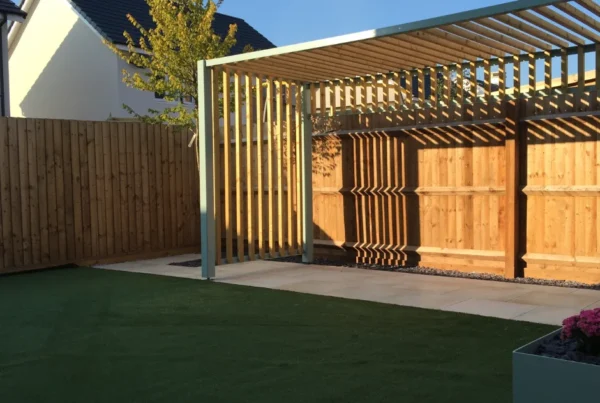In the last month, the UN has released a report that states that human activity is changing the climate in unprecedented and sometimes irreversible ways. This report also warns of the dramatic effect this activity is having on our environment, with extreme heatwaves, droughts and a key temperature limit being broken in just over a decade.
The phrase one UN chief used in this report of how this is “a code red for humanity” has made an impact on the consciousness of many, including protestors who have been taking to the streets and motorways in and around London to ask for action. Action is what is needed as scientists say that a catastrophe can be avoided if the world acts fast and emissions of greenhouse gasses are cut fast.
What needs to change?
While doing things like switching to electric cars, cutting energy consumption and even changing our diet can help, taking steps in our industry can also help us to do our part in reducing our carbon footprint.
The built environment contributes around 40% of the UK’s carbon emissions*. It’s obvious that there need to be changes, but how can we start to address the problem within traditional construction techniques?
After water, it is said that concrete is the most widely used substance on the earth. It creates the foundations for most of the world’s development and is the way that most countries put roofs over the heads of those who need it. But taking in all the areas of production concrete is, after coal, oil and gas, the fourth largest material contributor to greenhouse gasses in the world.
But what are the alternatives?
One method that we are passionate about is replacing traditional concrete plinths in foundations for structures with ground screws. Ground screws are a better alternative to the high emission producing concrete. A ground screw only produces 64% of the emission of an equivalent concrete plinth.
We also need to handle the resources of our planet respectfully by reusing and recycling as much material as possible. Concrete cannot be recycled or reused when its life is up, and when we compare not only the actual production and distribution of material but the possibility to reuse and recycle it. One of the great benefits of the ground screw is that it can be re-used and at the end of its life recycled like any other steel. With one added reuse, the total emission is reduced to 34% of an equivalent solution using a concrete plinth.
Stop digging ground screws can be used for a variety of projects and come in different sizes so you can choose the best for what you are working on. Houses, garden rooms, house extensions, decking, sheds, carports, summer houses and fences to name just a few, can all be constructed by using ground screws instead of concrete. You won’t need to change any other part of the design as they work even better than concrete across a variety of terrains and they come with a 25-year warranty. If you want to move the structure, the ground screws can be moved with it causing minimal disruption to the surrounding area.
By looking at materials we use in our industry in this way, taking into account the whole life cycle not only the production and distribution of the material, will help us do our bit to look after our planet.
Check out some pictures of our screws in action here
If you would like to know how Stop Digging ground screws could help you with your next project then get in touch on SALES@STOPDIGGING.CO.UK or 020 3970 3979





